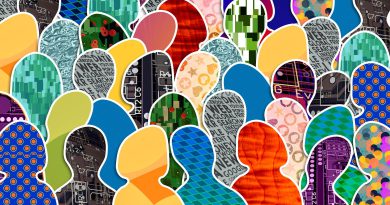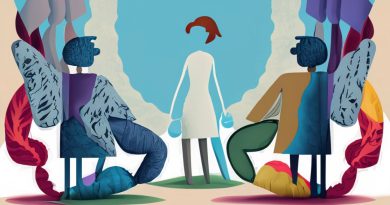Where Learning Happens: Reframing the RLB Library
What does it mean for a university library to become the heart of student success?
At UBalt, this question feels especially timely. With the launch of the 2024 Facilities Master Plan and the upcoming arrival of City College on our campus, conversations have begun to reimagine space not just to accommodate change, but to meet it with intention. One of the most exciting possibilities? The RLB Library transforming into a centralized hub for academic support, student learning, and faculty collaboration.
This vision isn’t just about reshuffling offices, but more about rethinking what happens when we put student success front and center. Literally. With more offices and services temporarily relocating to the RLB Library, students will soon find academic advising, tutoring, coaching, testing assistance, and library support under one roof. For students navigating the pressures of work, life, and college, that kind of accessibility matters. It’s a one-stop model that removes barriers and reframes the library as more than a place to study. It now becomes a place to connect, ask for help, and grow.
But what does this mean for faculty?
I see it as an invitation. One that asks us to see the library not just as a repository of information, but as a shared space for learning for students and faculty alike. Could CELTT’s Faculty Commons evolve into something even more open and interactive? Could it serve as a launchpad for experimental teaching labs, collaborative workshops, or drop-in faculty-student meetups? I’m inspired by models like the d.School’s Public House, a flexible learning environment that blends analog and digital tools for creative exploration, or initiatives like OutLoud’s “Restored” project, which centers campus well-being through accessible, design-forward community spaces.
We don’t have to replicate those ideas exactly. But we can look at the future of the RLB Library as a way to build toward something uniquely UBalt. Where CELTT, the library, student services, and faculty partners shape a culture that says loud and clear: this is where learning happens.
As the physical footprint of campus shifts, so too does our opportunity to make the invisible parts of academic life more visible and more accessible. What if office hours didn’t always have to be behind a closed door? What if your students could stumble upon academic coaching or research help in the same space they’re printing papers or grabbing coffee? What if teaching itself had a public face? As we reframe our campus’s space, let’s also reframe our role in it.


